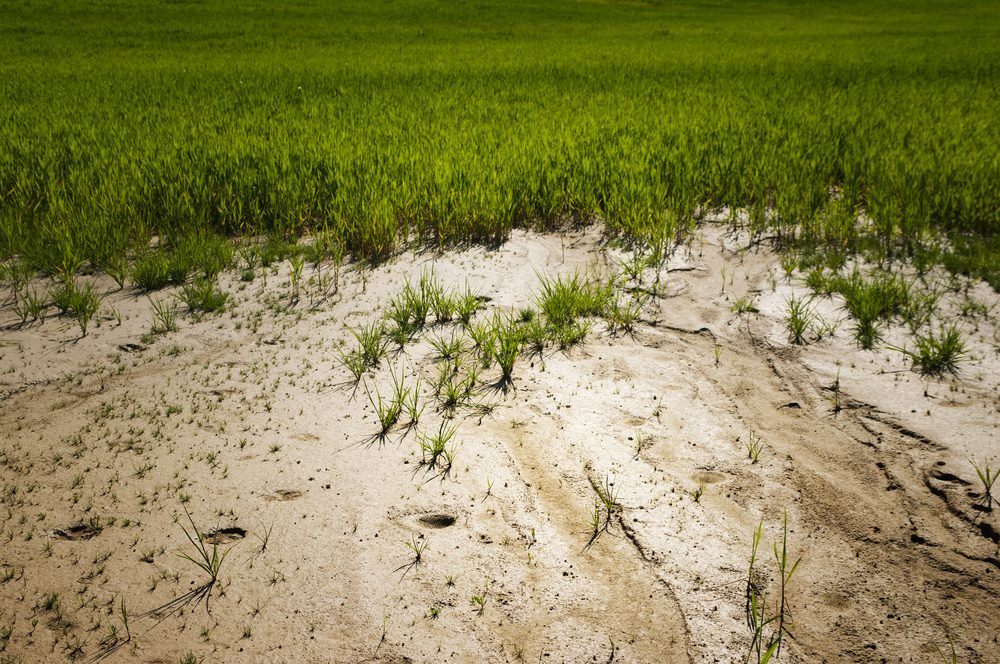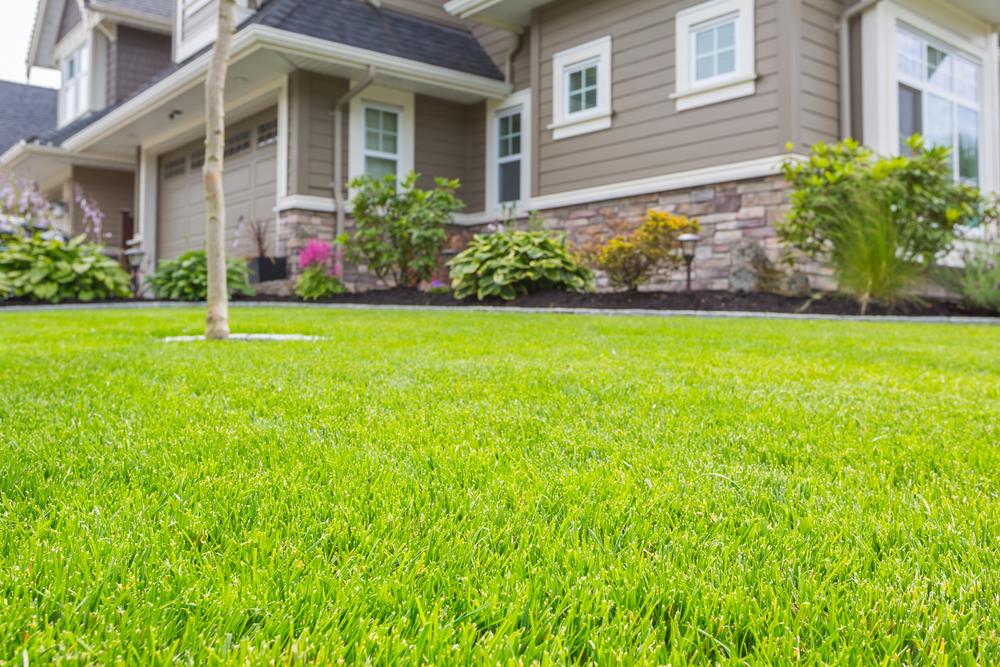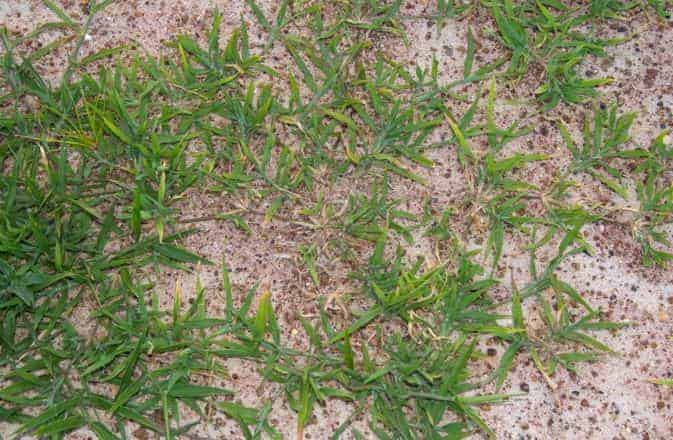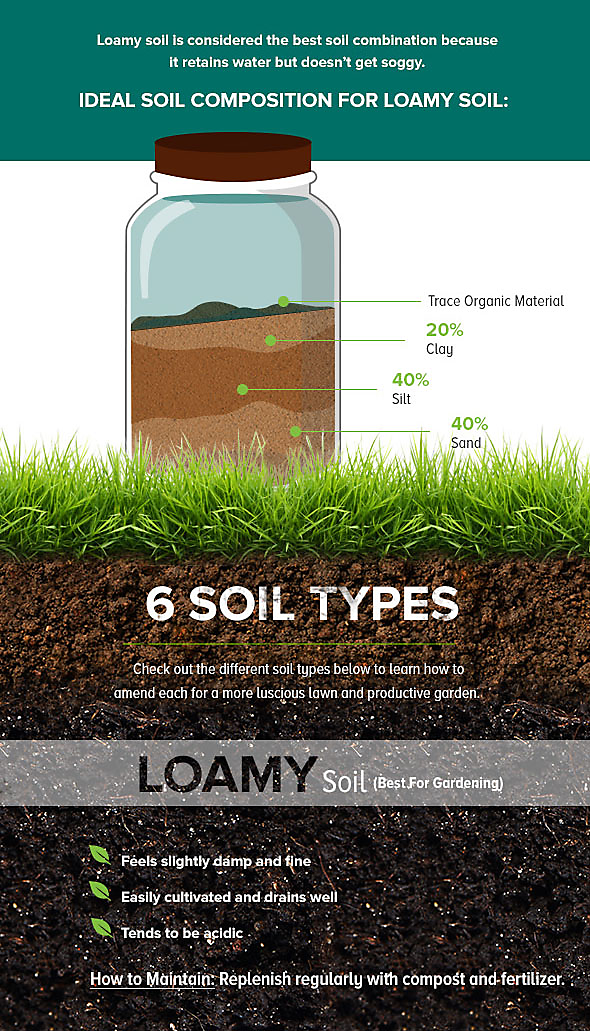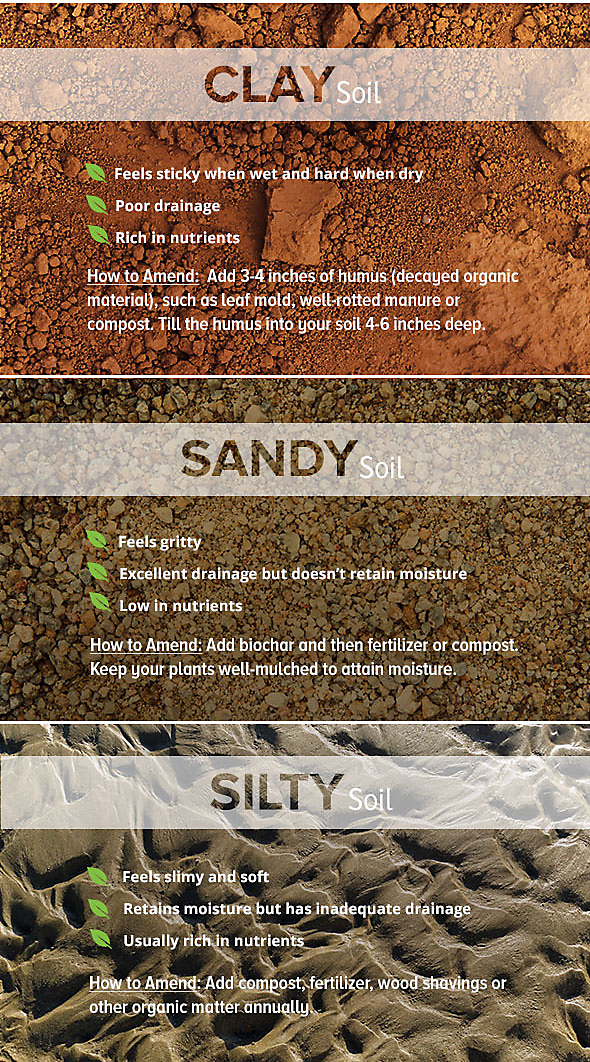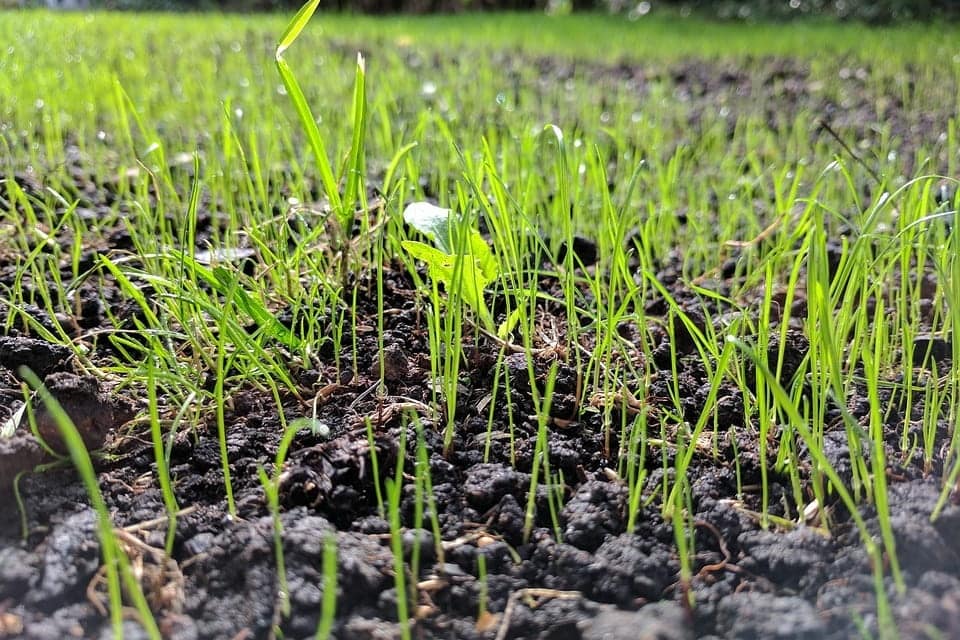How To Get Grass To Grow On Sandy Soil

Sandy soils drain quickly so are also less prone to problems with standing water which can injure or kill turf grass.
How to get grass to grow on sandy soil. Sprinkle water on your newly planted grass seed until the surface of the soil looks evenly damp. Rake the soil surface to lightly dust the grass seed with 1 16 inches of sandy soil. The montana state university extension service suggests that the ideal soil composition for lawn turf grass consists of 70 percent sand 15 percent clay and 15 percent silt. Once the grass begins to grow tall and dense it may be mowed to one inch or lower.
With continuous watering and proper fertilizing the bermuda grass should be able to grow in sandy soil with no major problems. Sprinkle a very light layer of mulch such as peat moss or weed free straw over the planted lawn surface. Many homeowners do not consider soil composition as a potential threat to the health of their grass. Spread chopped straw or grass clippings over the top to help hold in moisture and water the seeded ground frequently to keep the soil moist enough for germination.
Blue grama grass and galleta grass both grow well in sandy soils. Evenly distribute the seed by making a few light passes over your lawn area rather than one heavy pass. But more often than not many grass problems can be attributed to unhealthy soil. If your area is suited to cool season grasses consider fescue.
Varieties such as tall fescue creeping red fescue and hard fescue have are adapted to many soil types including sandy soil and they re drought tolerant once established. Mow the grass to a height of one inch. For sod grass lay it down over. The lack of organic materials in the soil composition makes it hard for plants like grass on your lawn to thrive.
Set the disbursement rate on your broadcaster to match the recommended seeding rate on your package of grass seed.

